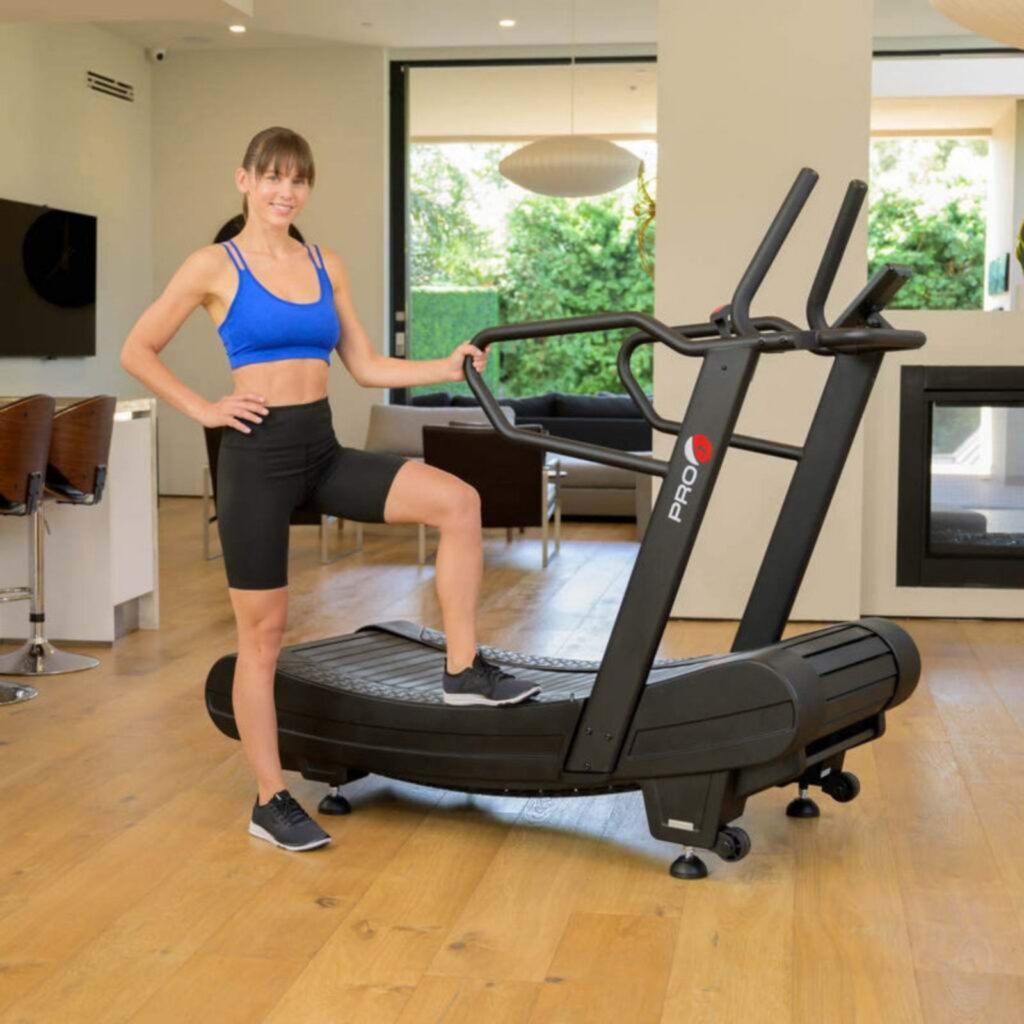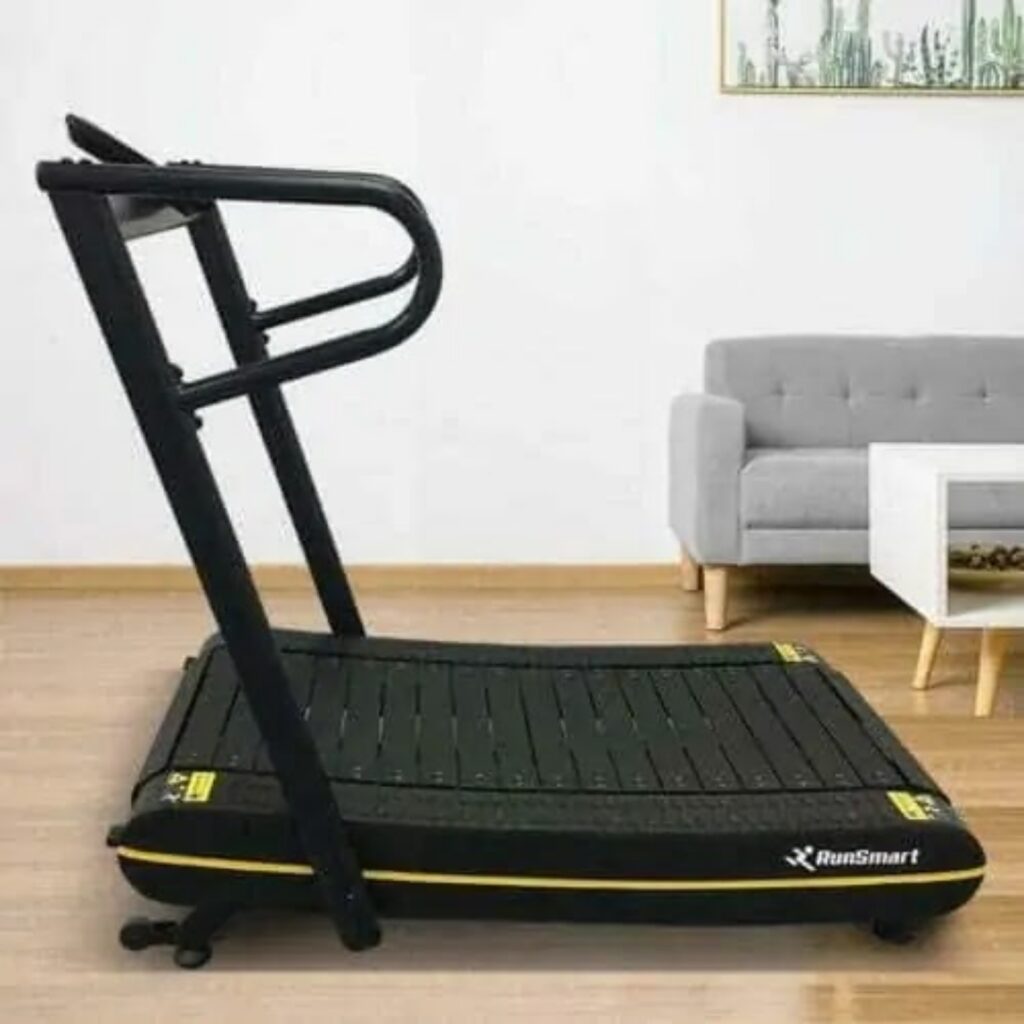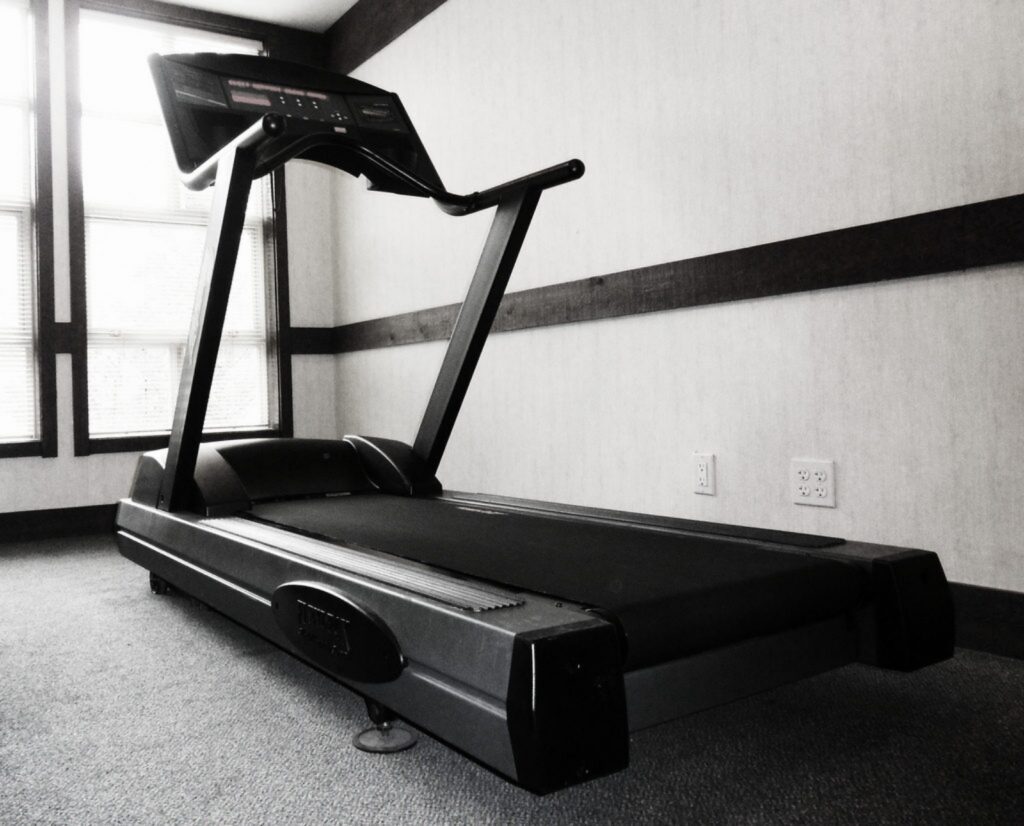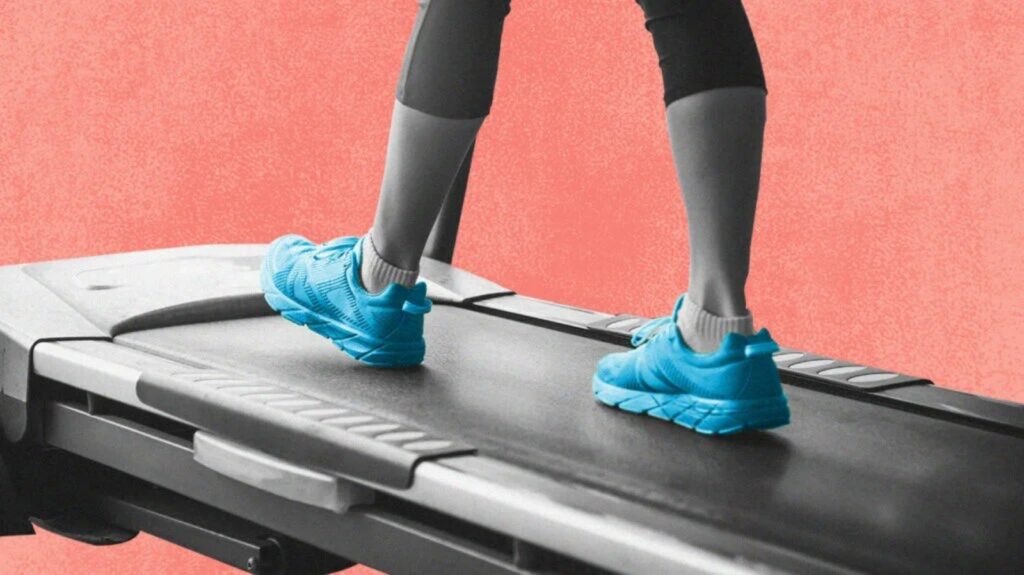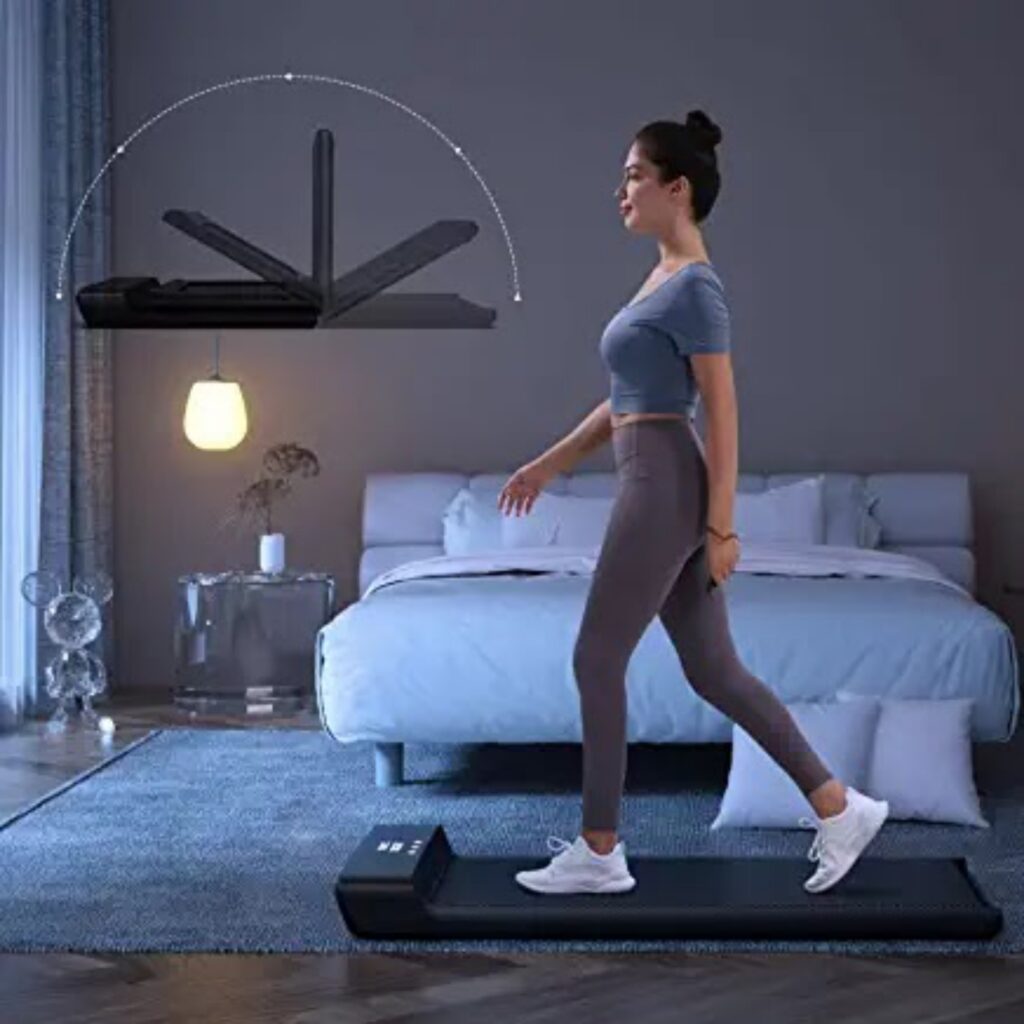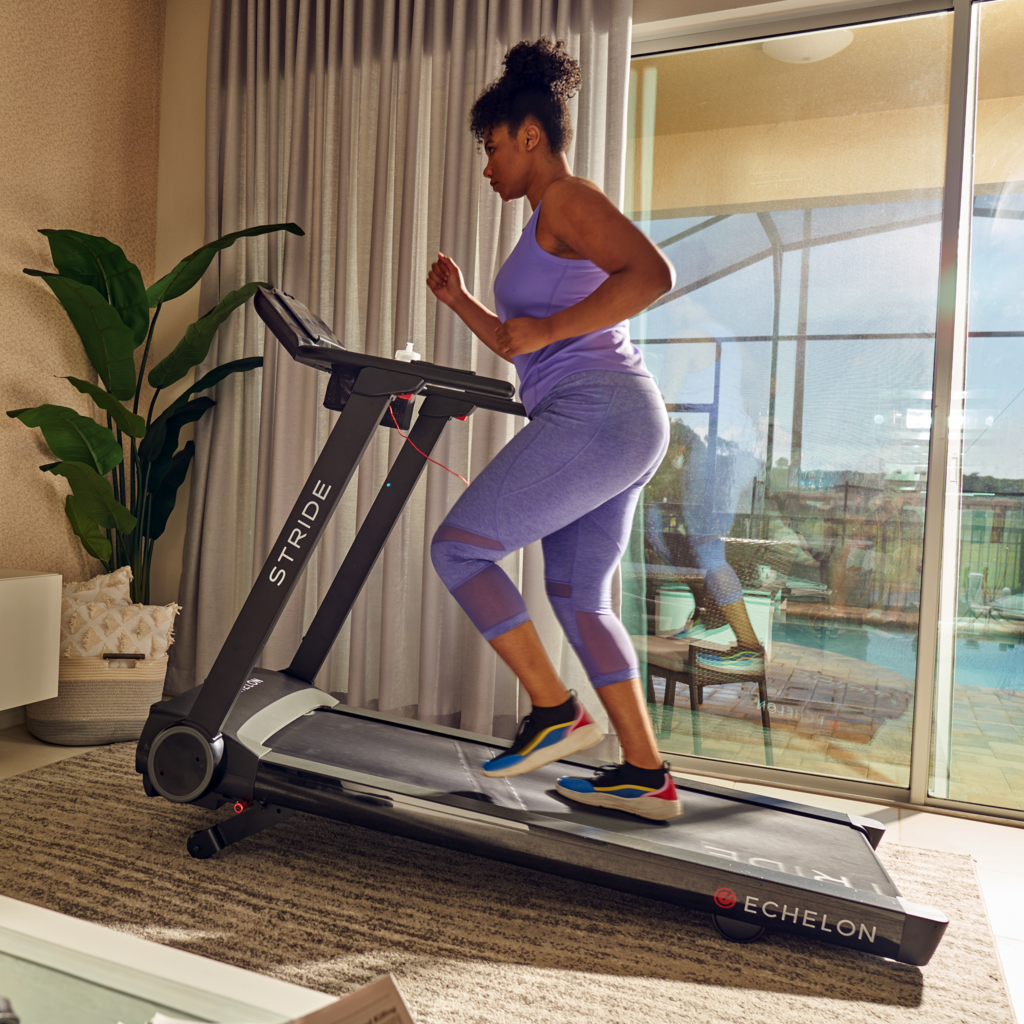
Rehabilitation Treadmill
Introduction
Recovering from an injury or illness can be a challenging and overwhelming process. The use of a rehabilitation treadmill has become an increasingly popular method to aid in recovery and get patients back on their feet. In this guide, we will delve into the world of rehabilitation treadmills, their benefits, and how they can help you or your loved one on the road to recovery.
What is a Rehabilitation Treadmill?
A rehabilitation treadmill is a specialized piece of equipment designed to help individuals who are recovering from an injury or illness. These treadmills differ from traditional treadmills in that they have features and settings that cater to rehabilitation needs. Rehabilitation treadmills can be used in a variety of settings, including hospitals, physical therapy clinics, and at home.
Types of Rehabilitation Treadmills
There are two main types of rehabilitation treadmills: motorized and non-motorized. Motorized treadmills are the most common type and have a built-in motor that powers the belt. Non-motorized treadmills, on the other hand, rely on the user’s body weight and movement to power the belt.
Benefits of Using a Rehabilitation Treadmill
There are numerous benefits to using a rehabilitation treadmill. Here are just a few:
Improved Range of Motion
Using a rehabilitation treadmill can help improve range of motion in the legs and hips. The movement of the treadmill can help stretch and loosen tight muscles, which can be especially helpful for those who are recovering from a lower-body injury.
Increased Cardiovascular Endurance
Rehabilitation treadmills can help improve cardiovascular endurance by allowing individuals to gradually increase the intensity of their workout. This can be especially beneficial for those who have been inactive for a period of time due to their injury or illness.
Reduced Risk of Falls
Rehabilitation treadmills often come equipped with safety features such as handrails and emergency stop buttons, which can help reduce the risk of falls. Additionally, the controlled environment of the treadmill can help prevent further injury while allowing for a safe and effective workout.
Customizable Settings
Rehabilitation treadmills often have customizable settings that cater to specific rehabilitation needs. This can include adjusting the speed, incline, and even the surface of the treadmill to better simulate real-world conditions.
How to Use a Rehabilitation Treadmill
Before using a rehabilitation treadmill, it is important to consult with a healthcare professional to ensure that it is safe for you to do so. Once cleared, here are some general guidelines for using a rehabilitation treadmill:
Warm-Up
Start with a five-minute warm-up at a slow speed and gradually increase the intensity over the course of the workout.
Gradual Increases
Gradually increase the speed and incline of the treadmill as you feel comfortable, always keeping safety in mind.
Cool-Down
Finish with a five-minute cool-down at a slower speed to allow your body to adjust to the decrease in intensity.
Choosing the Right Rehabilitation Treadmill
When choosing a rehabilitation-treadmill, there are several factors to consider, including:
Budget
Rehabilitation-treadmills can range in price from a few hundred dollars to several thousand dollars. Determine your budget and look for treadmills that fit within your price range.
Features
Consider which features are most important to you. Do you need a motorized or non-motorized treadmill? What about safety features such as handrails and emergency stop buttons?
Size and Space
Make sure that the treadmill you choose fits in the space you have available. Measure the space and compare it to the dimensions of the treadmill before making a purchase.
Conclusion
Rehabilitation-treadmills can be an incredibly useful tool for those who are recovering from an injury or illness. With customizable settings and safety features, these treadmills provide a controlled and safe environment for individuals to improve their range of motion, cardiovascular endurance, and reduce the risk of falls.
When choosing a rehabilitation-treadmill, it’s essential to consider your budget, the features that are important to you, and the space you have available. With the right rehabilitation-treadmill, you can speed up your recovery process and get back to your daily routine in no time.
Frequently Asked Questions (FAQs)
1. Is it safe to use a rehabilitation-treadmill?
Yes, rehabilitation-treadmills come with safety features such as handrails and emergency stop buttons, making them a safe option for individuals recovering from an injury or illness.
2. Can I use a rehabilitation-treadmill at home?
Yes, many rehabilitation-treadmills are designed for at-home use. However, it’s important to consult with a healthcare professional before using one to ensure that it’s safe for you to do so.
3. How much does a rehabilitation-treadmill cost?
Rehabilitation-treadmills can range in price from a few hundred dollars to several thousand dollars, depending on the features and quality.
4. Can a rehabilitation-treadmill help with weight loss?
Yes, using a rehabilitation-treadmill can help with weight loss by increasing cardiovascular endurance and burning calories.
5. What is the difference between a rehabilitation-treadmill and a traditional treadmill?
Rehabilitation-treadmills are designed with features and settings that cater to rehabilitation needs, while traditional treadmills are designed for general fitness and exercise purposes. Rehabilitation treadmills often have safety features and customizable settings to cater to specific rehabilitation needs.

